What is the Universe made of? It’s a seemingly simple question, but one that turns out to have a rather more complicated answer.
When pressed, many of us would likely respond with galaxies, stars, or perhaps planets.
Yet all the beautiful objects we see in photographs from our best telescopes appear to hide a deeper reality.
More on dark matter
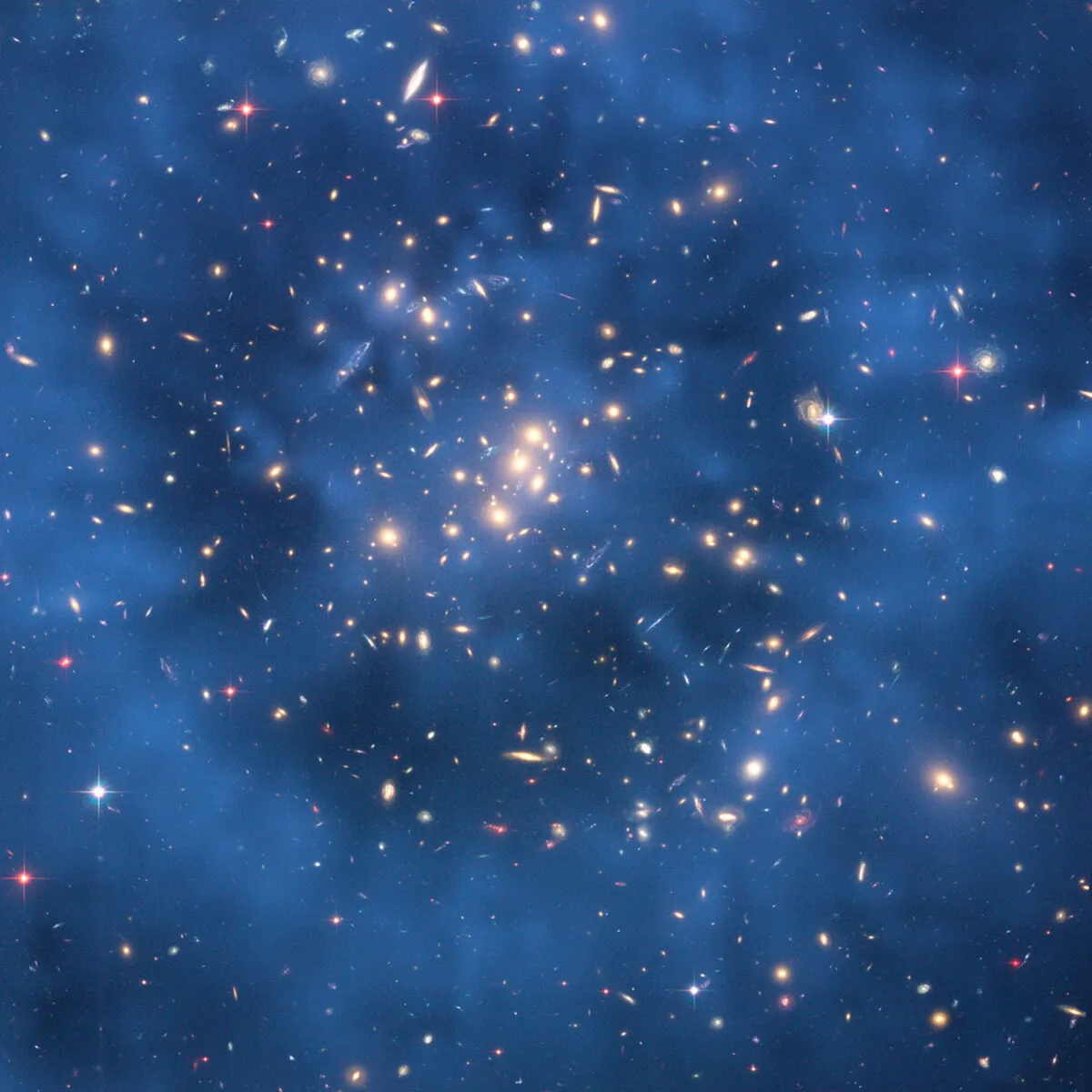
The stuff that makes up stars and planets, even you and me, may be only a tiny minority of what’s really out there.
Astronomers have found signs of a celestial spectre, pulling the strings and invisibly shaping the cosmos – dark matter.
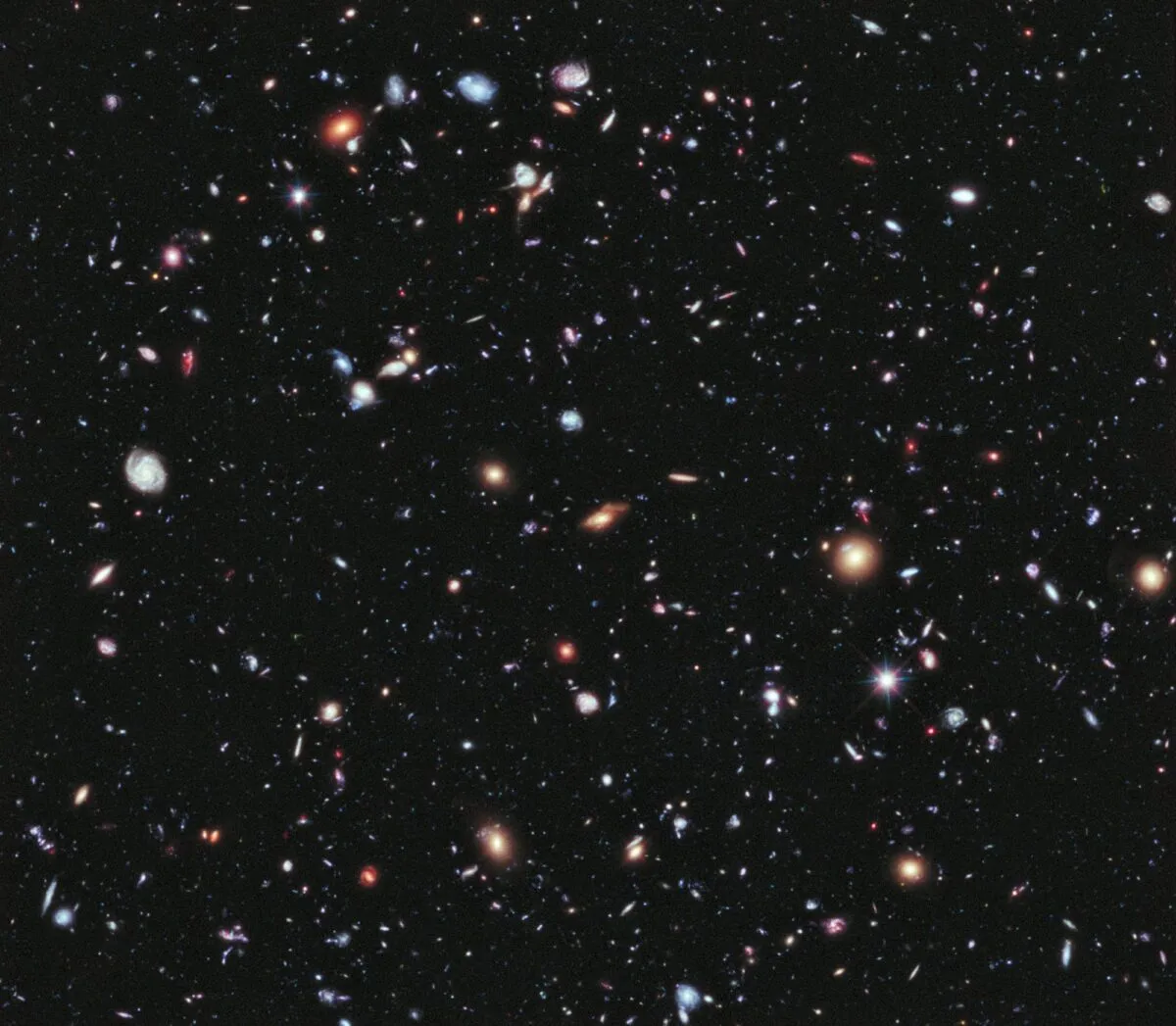
Though it now forms the fundamental basis of our understanding of how the Universe works, astronomers aren’t actually sure what dark matter is.
So why do they have such trust in a substance they cannot find?
"The first evidence for dark matter appeared way back in the 1930s," says Justin Read, a dark matter expert at the University of Surrey. It was galaxies that provided some of the earliest clues.
At first, astronomers expected galaxies to behave just like bigger versions of the Solar System.
As you move out from the Sun, the speed of the planets drops off as the Sun’s gravitational pull wanes.
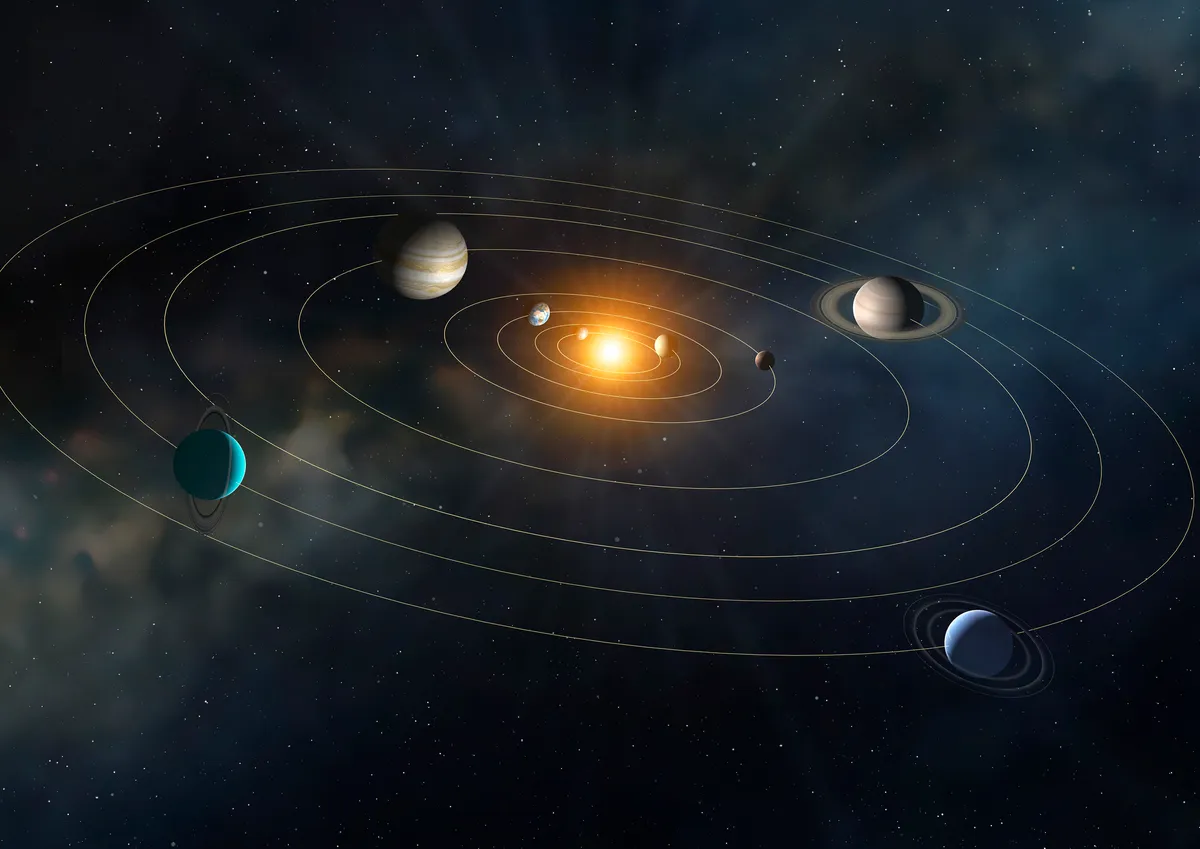
The innermost planet, Mercury, moves at 47km (29 miles) per second and takes just 88 days to complete one orbit.
Meanwhile, the furthest planet, Neptune, moves at 5.4km (3.4 miles) per second and takes nearly 165 years to go around.
But galaxies do not behave in the same way. Stars near their edges are rotating at similar speeds to those much closer to the centre.
These outer stars are moving so fast that they should be able to escape from the galaxy and fly off on their own.
Except they don’t.
So astronomers suspect there is some hidden gravitational glue that binds galaxies together and helps keep hold of these fast-moving stars.
It’s this astronomical adhesive that’s known as dark matter. So what could dark matter be? Here are some of the possible solutions.
A misunderstanding of gravity

The majority of astronomers suspect that dark matter is a physical substance, one that outnumbers ordinary matter by about 5:1.
Most often it’s considered a type of particle, one that doesn’t interact with light and so we can’t see it.
Instead, we can only sense it by the gravitational influence it exerts on its surroundings, including its ability to help galaxies keep hold of fast-moving stars.
An example of this is Fritz Zwicky's studies of the Coma Cluster of galaxies in the 1930s.
However, there is another school of thought that says that dark matter is a mirage, a misunderstanding of the rules of gravity.
This theory goes by the name of Modified Newtonian Dynamics (MOND).
At its heart, MOND argues that gravity works differently on the small scale of a Solar System compared with the much bigger scale of a galaxy.

Specifically, it suggests that the strength of gravity doesn’t drop off as quickly in galaxies as it does in planetary systems.
That would make the gravity on the edge of galaxies stronger than we’ve been accounting for, which is why the fast-moving stars there don’t go rogue and escape into intergalactic space.
Not everyone is convinced, however.
"MOND is all but dead in my view," says Read. "We have evidence that dark matter can be physically moved around."
Read points to the Bullet Cluster as a particularly important piece of evidence. This structure was formed when two separate groups of galaxies collided.
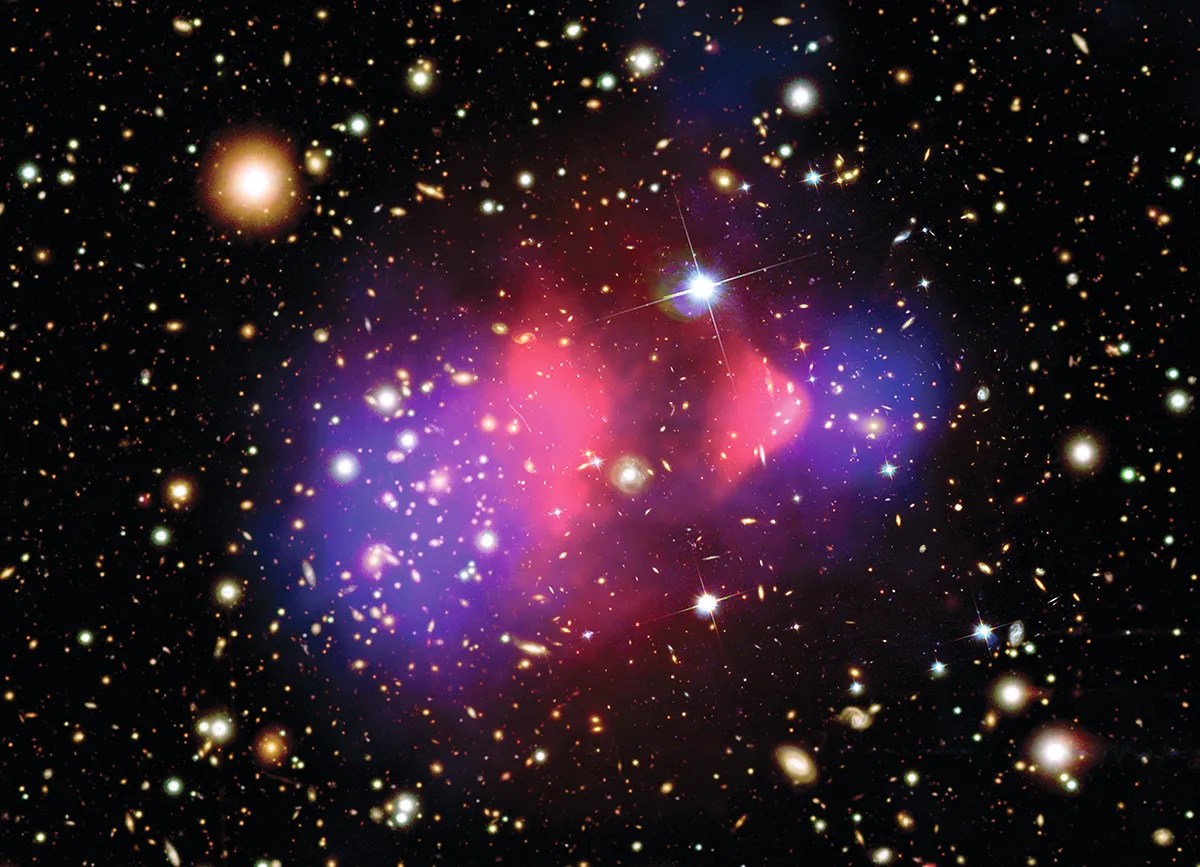
The merger heated up the galaxies’ gas, producing copious amounts of X-rays.
However, when astronomers mapped the Bullet Cluster’s mass, they found that most of it is separated from the hot gas.
During the collision, the gases of both galaxies interacted with each other, and the ensuing friction slowed all the gas down.
The dark matter, however, did not.
"It passed through itself like a ghost," Read says. This led to a clear separation between ordinary matter and its shadowy counterpart.
MOND isn’t the only alternative astronomers have looked into.
Unfindable particles

As well as dark matter, astronomers also suspect another mysterious quantity, dark energy, is causing the expansion of the Universe to accelerate.
Could dark matter and dark energy be the same thing?
One idea was that both effects were caused by a ‘dark fluid’ made of particles with negative mass.
It had the added benefit of being able to explain the formation of galaxies and the large-scale structure of the Universe.
However, the theory was discarded once astronomers realised that galaxies would be the wrong shape and would have to be moving at close to light speed.
Even the idea of dark matter particles with ordinary mass has been beset with problems.
For one, we haven’t been able to detect any. It’s not like we haven’t tried.
Physicists have built underground detectors in abandoned mines and beneath the Antarctic ice.

They’ve even strapped an experiment to the International Space Station to look for signs of dark matter interactions deep in the heart of our Milky Way Galaxy.
Yet so far, nothing.
Computer simulations of how galaxies form throw up more problems.
Dark matter is supposed to be the scaffold upon which galaxies are constructed, creating a clump – or halo – that draws ordinary matter in, then collapses to form stars.

Our working model of the Universe and its evolution assumes that dark matter is ‘cold’.
This means the particles of dark matter are heavy and slow.
Yet when astronomers simulate the formation of galaxies with cold dark matter, the simulations predict significantly more smaller galaxies than we see in the real Universe.
This has become known as the ‘dwarf galaxy problem’.
Hot- or cold-running matter
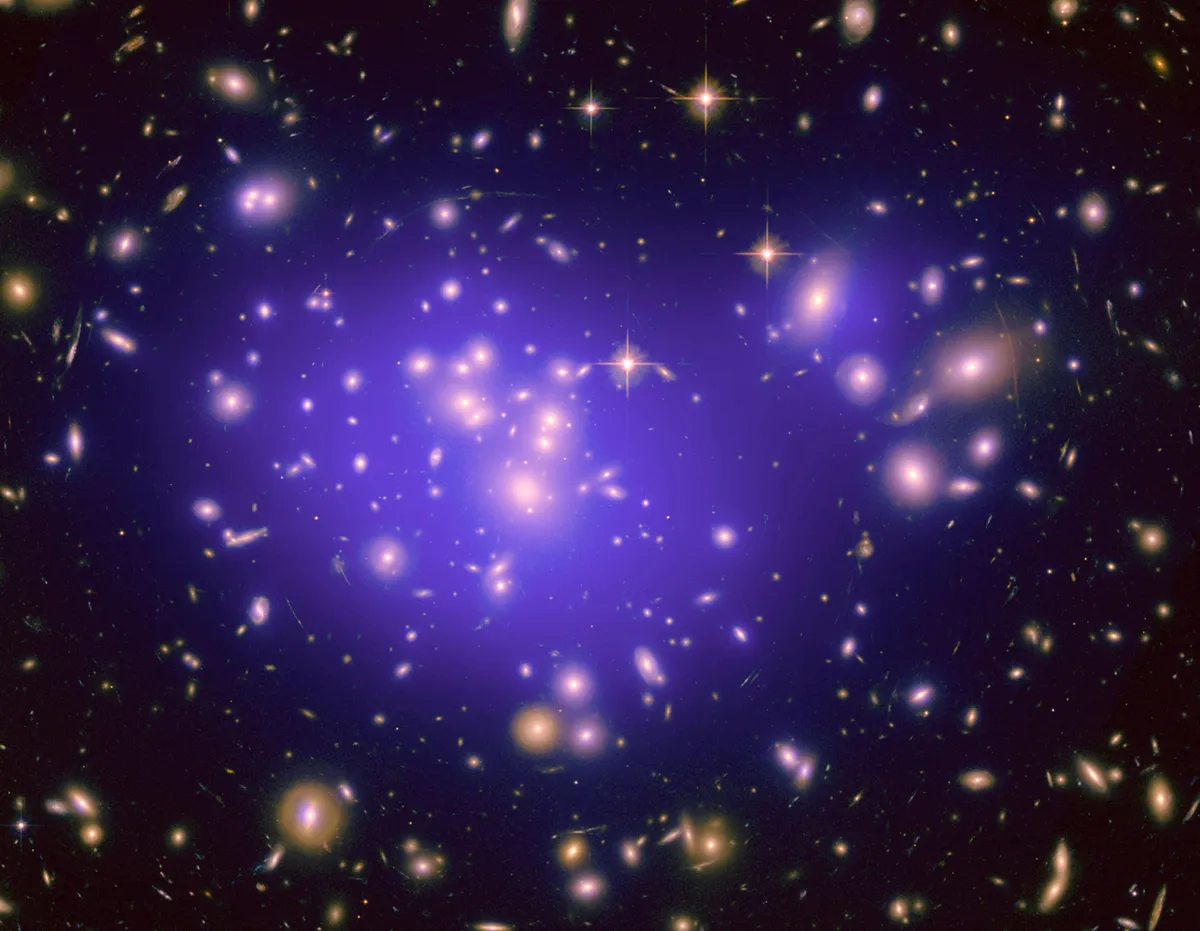
One possible solution is that dark matter is warm, not cold – its particles are light and fast, making them harder to slow down to form galaxies.
"The warmer we make dark matter, the later galaxies will form and the fewer small ones there’ll be," Read says.
But there is another option. In the original simulations, every dark matter halo went on to form a visible galaxy.
Yet the more we learn about galaxy formation, the more this looks like an unrealistic assumption.
"As the mass of the dark matter halo goes down, it gets increasingly difficult to form galaxies," Read says.
That could solve the dwarf galaxy problem, but it does lead to an unavoidable consequence: there should be empty dark matter haloes out there that didn’t form galaxies.
If these empty haloes don’t exist, then dark matter cannot be cold.
Thankfully, astronomers have found such empty haloes. "All the evidence so far points towards dark matter being cold," Read says.
So why haven’t we been able to detect any cold dark matter particles so far?
"We’ve only looked for an incredibly small fraction of the possible particles," says Jocelyn Monroe, a dark matter researcher at the University of Oxford.
"I think we have our work cut out for us."
That’s if dark matter really is made of an as-yet-undiscovered particle. There are other options, which Monroe whimsically refers to as "dim stuff".
Dim mini black holes
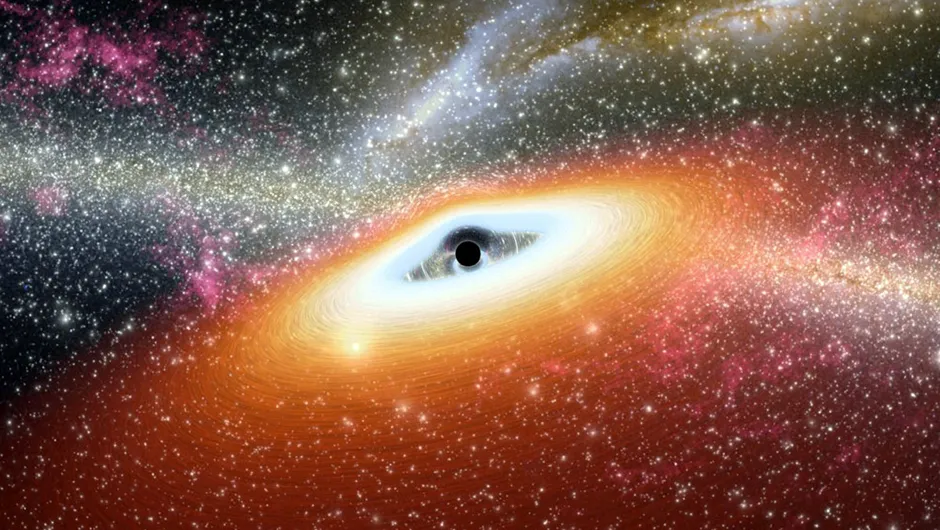
Credit: NASA/JPL-Caltech
Originally, astronomers wondered whether small, dim objects such as failed stars called brown dwarfs could be the bulk of dark matter.
Yet numerous studies have shown that there just aren’t enough of them to provide the amount of missing gravity we need to hold the Universe together.
"They make up less than 15% of dark matter," Monroe says.
A slightly more exotic option for dark matter is black holes, objects whose very name implies that they can’t easily be seen.
Usually, black holes form when the biggest stars die, but again there just aren’t enough black holes of that size.
"They make up less than 1% of the dark matter," Monroe says.
While black holes with masses equal to stars have been ruled out, much smaller black holes still remain a possibility.
Astronomers speculate that tiny black holes formed in the early Universe just after the Big Bang.
They are known as primordial black holes and could each have the mass of an asteroid.
As black holes are almost unimaginably dense, these primordial black holes would be tiny – smaller than
an atom.
According to Monroe, there aren’t many direct observational constraints on how many of these miniscule black holes could exist.
So at least in principle there could be enough to account for the majority of dark matter.

A mix of everything?
Indeed, dark matter could well turn out to be more than one thing.
"I certainly think it’s likely that dark matter is a mixture of particles and dim stuff," Monroe says.
If so, then perhaps one of the greatest astronomical questions of our age has more than just one answer, even if we aren’t any closer to finding them.
One thing is clear though: dark matter still reigns as our current best explanation of what’s holding the Universe together.
This article appeared in the November 2024 issue of BBC Sky at Night Magazine
